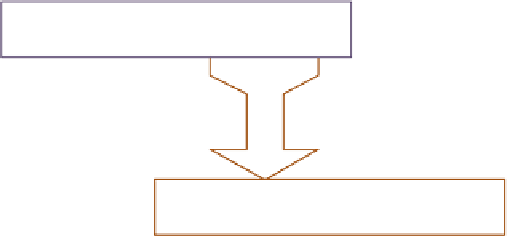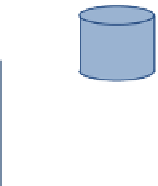Database Reference
In-Depth Information
Define
Monitor Module
Database
Proxy
Application
Slave
1
Configurations
Slave
...
Control Module
Slave
k
Master
Load balancer actions
Action
Module
Data base actions
...
Fig. 7.2
The SLA management framework architecture
As mentioned before, the design of the framework follows two main principles,
function-extensible and application-independent. Any new objectives, such as
throughput, can be easily added with pairs of implementations in both monitor and
control modules. Actions, such as starting a new virtualized database replica server,
for new objectives can be reused from a list of available actions in the action module,
or can be added when no satisfied actions is found. It is worth bearing in mind that
all objectives are added with no code modification to existing application that is
managed by the framework. However, some tools, databases, or plug-ins need to be
enabled at the system level to enable the objectives to be monitored properly, for
example, recording all queries to be bypassed in the load balancer.
In general, there exist many forms of SLAs with different metrics. In this chapter,
we focus on the following two main consumer-centric SLA metrics:
Data freshness
: which represents the tolerated window of data staleness for each
database replica. In other words, it represents the time between a committed
update operation on the master database and the time when the operation is
propagated and committed to the database replica.
Transaction response time
: which represents the time between a transaction is
presented to the database system and the time when the transaction execution is
completed.





















